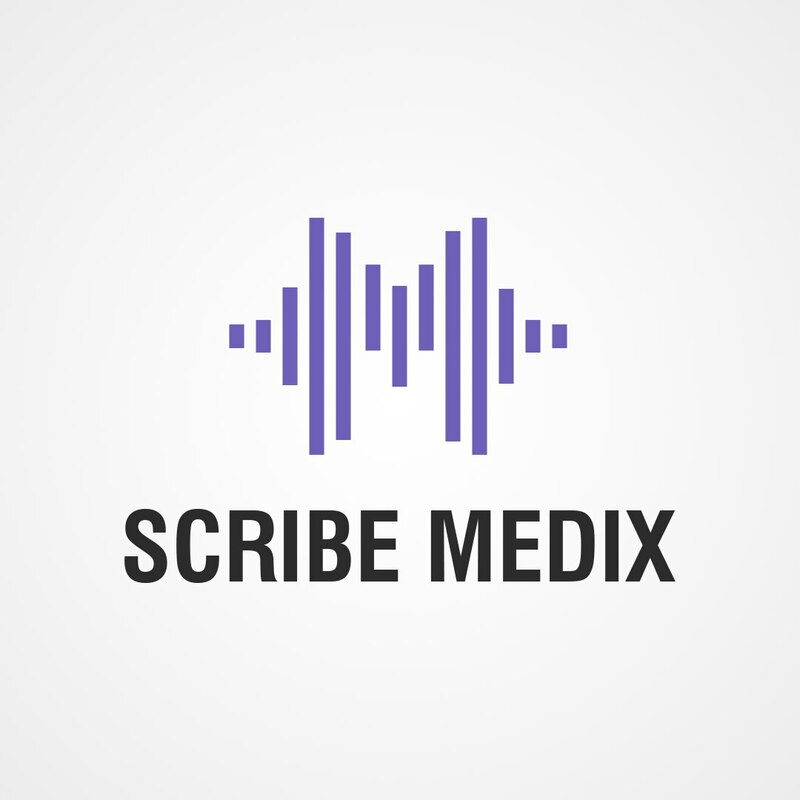Articles
Scribe Medix vs. Human Transcriptionists: Which Delivers Better Accuracy?

Share article
Introduction Have you ever wondered who performs better when it comes to medical transcription—humans or advanced AI tools like Scribe Medix? Medical documentation is a critical part of healthcare, and even the smallest error can have major consequences. With the rise of Medical AI Scribe technology, many providers are asking: Is it time to leave behind traditional human transcriptionists? In this article, we’ll explore both sides of the debate and see which option truly delivers better accuracy, speed, and reliability. 1. Understanding Medical Transcription Medical transcription is the process of converting spoken medical notes into written documents. These notes often include patient histories, diagnoses, prescriptions, and treatment plans. Accuracy is crucial because even a single misplaced word can affect patient care. 2. Who Are Human Transcriptionists? Human transcriptionists are skilled professionals who listen to audio recordings and type them into written records. They rely on their medical knowledge, training, and attention to detail. While many are highly experienced, fatigue and distractions can sometimes lead to errors. 3. What is Scribe Medix? Scribe Medix is a Medical AI Scribe platform that uses artificial intelligence to capture and transcribe clinical conversations. It listens, processes, and produces accurate medical notes in real time, reducing the workload for healthcare providers. Think of it as a smart assistant that never tires. 4. How Medical AI Scribes Work Unlike human transcriptionists, AI scribes such as Scribe Medix rely on natural language processing (NLP) and machine learning. They learn from thousands of medical records, improving accuracy over time. They don’t just “hear”—they understand the medical context. 5. Accuracy Levels: Humans vs. AI Here’s the big question: Who’s more accurate? Humans: Generally accurate, but mistakes happen due to fatigue, distractions, or unfamiliar terminology. Scribe Medix: Achieves high accuracy rates because it continuously learns from medical data. While it may stumble with rare terms, its error rate is often lower than that of humans. Imagine comparing it to driving—humans can be excellent drivers, but they’re prone to accidents. AI is like a self-driving car: consistent, precise, and always improving. 6. Speed and Turnaround Time Human transcriptionists often take hours—or even days—to complete documentation. In contrast, Medical AI Scribe technology like Scribe Medix provides instant results. Doctors can review notes immediately, saving valuable time. 7. Handling Complex Medical Terminology Human transcriptionists may struggle with uncommon or highly technical medical terms. Scribe Medix, however, has access to a massive database of medical vocabulary, making it more reliable in handling specialized jargon. 8. Cost-Effectiveness Compared Hiring human transcriptionists involves salaries, training, and management costs. Scribe Medix, once integrated, requires far less financial investment. For clinics looking to cut costs without sacrificing quality, AI scribes are the smarter option. 9. Reliability and Consistency Humans have good and bad days. They can be tired, stressed, or distracted. Scribe Medix, however, works 24/7 with the same level of performance. Consistency is one of the strongest advantages of AI-based transcription.
Advertisement

